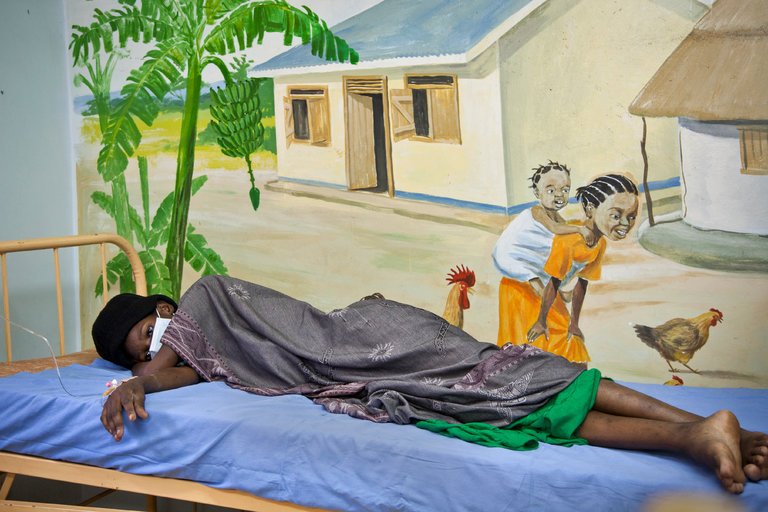TB Treatment May Leave Some Patients Contagious
The World Health Organization’s dosage guidelines for two leading tuberculosis medications may be far too low for patients with H.I.V., allowing them to remain contagious for longer than necessary, a new study has found.
TB, now the leading infectious killer worldwide, takes over 1.5 million lives per year. Treatment lasts at least six months and can cause serious side effects, making it difficult for patients to stick to it.
Doctors have been prescribing two TB drugs, rifampicin and isoniazid, for almost half of a century. But the new research, published in March in the journal Clinical Infectious Diseases, adds to growing evidence that higher doses may kill the deadly mycobacteria faster, curbing transmission.
“I’m not surprised,” said Dr. Melvin K. Spigelman, the president of the Global Alliance for TB Drug Development. “The recommended doses were really based on the cost of the drug, not on good science that showed it was the right dose. People, understandably, tried to get away with the least amount that seemed like it worked.”
Advertisement
Continue reading the main story
The study, led by Swiss and Ugandan researchers, focused on about 270 TB patients also infected with H.I.V. The condition can reduce the amounts of medications absorbed or retained in a patient’s bloodstream.
Continue reading the main story
Patients received standard drug doses to treat TB, but concentrations in the blood were found to be jarringly low: 84 percent of the participants had substandard levels of isoniazid, and 78 percent fell below targets for rifampicin.
Newsletter Sign Up
Continue reading the main story
Please verify you're not a robot by clicking the box.
Invalid email address. Please re-enter.
You must select a newsletter to subscribe to.
Sign Up You agree to receive occasional updates and special offers for The New York Times's products and services.
Thank you for subscribing.
An error has occurred. Please try again later.
You are already subscribed to this email.
View all New York Times newsletters.
- See Sample
- Manage Email Preferences
- Not you?
- Privacy Policy
- Opt out or contact us anytime
Patients with lower blood concentration levels also bore the infectious bacteria in their sputum for longer periods of time — potentially spreading it by coughing, said Dr. Jan S. Fehr, one of the study’s lead authors. Such persistent infection could threaten the W.H.O.’s goal of eliminating almost all TB deaths by 2035, he added.
The W.H.O. already has begun reviewing its decades-old treatment regimen. “This study provides one piece of a larger puzzle, and it’s necessary that we have another look,” said Dr. Karin Weyer, a TB expert at the W.H.O.
The study’s findings are a sign that TB research has been chronically underfunded, said Dr. Neil Schluger, an epidemiology professor at Columbia University.
For decades, few economic incentives have prompted drug companies to update TB treatments, which are primarily needed in poor regions — compared to lucrative therapies for diseases like cancer, he said.
“My real question is, why are we just doing this now?” said Dr. Schluger. “These are fundamental questions that should have been answered a long time ago.”
Like the Science Times page on Facebook. | Follow @NYTHealth on Twitter.
Continue reading the main story Read the Original Article




























